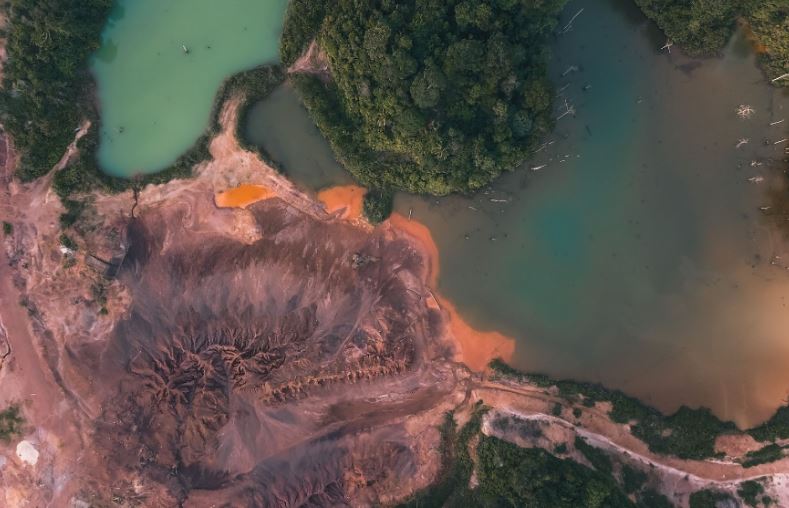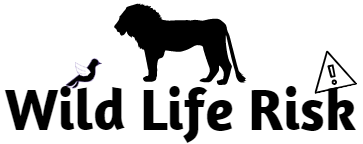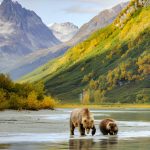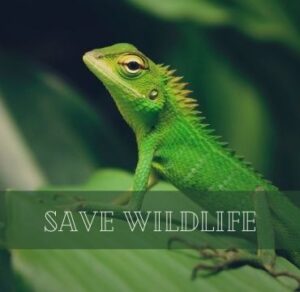The Ripple Effect: How Climate Change Impacts Wildlife Ecosystems

Just like how a dropped pebble on a pond can create ripples in the water, climate change has the same disrupting effect on biodiversity and ecological balance, especially wildlife ecosystems.
But it’s far from being a lost cause. With the right intent, strategies, and collaboration, we can help conserve wildlife and witness it thrive for years to come.
What is Climate Change?
Climate change refers to the long-term shifts in weather patterns and temperatures. These shifts can be due to natural occurrences such as the sun’s activity, volcanic activity, and the like. But studies continue to reveal that there’s one substantial driver of climate change: human activities.
Human Activities and Climate Change
Almost all human activities in the modern world, from livestock farming to transportation, can contribute to climate change. But one of the most common ways humans affect climate change is by using electricity.
The most common way to generate electricity is through burning fossil fuels, which is a process that produces carbon dioxide, or CO2, a greenhouse gas. CO2, along with methane, nitrous oxide, and other fluorinated gases, trap heat in the atmosphere. Increased trapped heat causes the Earth’s temperature to rise, leading to dangerous and wildlife-threatening consequences from rising sea levels to drought.
Climate Change and Its Impact on Wildlife Ecosystems
Human activities don’t just affect human life but wildlife as well. Diminished water availability can lead to disrupted food chains that lead to the loss of wildlife biodiversity. It’s clear that climate change has a profound ripple effect on wildlife ecosystems.
Water Availability
Without water, survival rates decline. Unfortunately, this is a proven effect of the climate crisis. It causes water cycle pattern changes which lead to extreme, often destructive weather. Intense droughts cause both animal and plant life to suffer. This is bad news for all members of the supply chain. Plants and trees don’t receive enough nutrients to grow and may deteriorate. Herbivores or plant-eating animals don’t get to feed enough, affecting the survival of their offspring and even breeding cycles.
Wild animals may be forced to travel farther in their search for water and feeding grounds. To find the sustenance they need, they can be more vulnerable to external factors like predators, diseases, and even hunters.
Habitat Loss
Climate change or trapped heat doesn’t just affect the weather; it can affect the natural habitats of creatures. A prime example of this is the Arctic ecology. When sea ice melts, species that thrive in ice-covered environments lose their homes. The lives of animals like polar bears, seals, and walruses are threatened when polar ice continues to melt at a rapid pace.
In addition, flooding and rising sea levels can also cause habitat loss for other wildlife ecosystems outside the Arctic. Too much water can drown tree roots, cause erosion, and essentially take away homes of forest life. And this, in turn, will cause another ripple effect: biodiversity loss due to disrupted food chains.
Disrupted Food Chains
Climate change affects wildlife habitat and water availability, both critical factors in their survival. Without these two essentials, animals may struggle to adapt or reproduce, resulting in a loss of biodiversity.
Disruption in the food chain can also cause significant ripple effects on other parts of wildlife animals’ lives. Their migratory patterns and breeding cycles may be negatively affected, further causing survival rates to dwindle.
How to Counter Climate Change
As humans, we play a big role in addressing climate change. Lack of action and even ineffective ones will affect not only people and societies but wildlife ecosystems as well.
Net-Zero Initiatives
While individual efforts are certainly important, global efforts to reduce greenhouse gas emissions should be initiated at the highest level. Cutting down on greenhouse gas emissions plays a key part in addressing the climate crisis. Governments across the world must work together, share crucial information and best practices, and invest in finding alternatives to burning fossil fuels.
Conservation and Habitat Restoration
Aside from cutting down on global greenhouse gas emissions to avoid further damage, we should also work toward restoring what was already damaged. The damage must be addressed through rehabilitation and conservation efforts for a more resilient wildlife ecosystem. Doing so will help create a more biodiverse wildlife.
Holistic Approach to Address Climate Change
Climate change has a negative ripple effect on wildlife and the world in general. It makes sense that combating it also requires a holistic approach.
- Responsible Consumption: Consuming more responsibly can allow us to reduce waste. Encouraging the use of products that are made to be used for a long time or recycled can help minimize the negative impact of consumption on the environment. It can also be a driving factor for businesses to choose more eco-friendly raw materials and processes, resulting in a more efficient and sustainable economy.
- Sustainable Infrastructure and Communities: Local communities must be empowered to protect the environment they live in. Promoting sustainable livelihood and employment opportunities can encourage individuals to do their role in protecting nature. Instead of resorting to hunting or unsafe practices, they can generate income through safe ecotourism and preserving wildlife.
- Good Governance and Transparency: Aside from good leadership, transparency and knowledge-sharing can prove to be solid strategies for addressing the climate crisis. The Task Force on Climate-related Financial Disclosures (TCFD) highlights the importance of reporting climate-related financial information to assess climate risks and allocate capital efficiently quantitatively. The TCFD recommendations were made with four pillars in mind: governance, strategy, risk management, and metrics and targets. All these pillars are crucial in ensuring a more efficient and measurable way to address climate change.
With around 8 billion people worldwide, it’s easy to see how simple human activities, multiplied by the billions, can have a troubling impact on the climate. But we should also be comforted by the fact that our numbers can prove to be more impactful if we work together toward addressing the climate crisis. Through better leadership, collaboration, and clearer directions, we can help arrest the damaging effects of climate change on wildlife and, ultimately, life on Earth.







